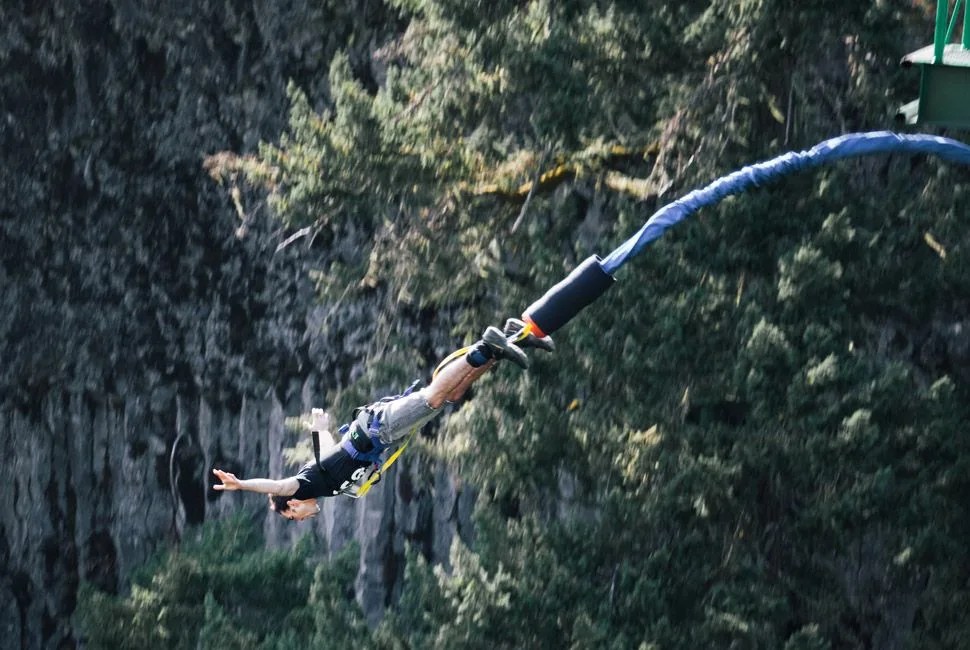Wingsuit flying and BASE-jumping have taken extreme sports to a new level of “extreme” — and danger. In March 2014 Ludovic Woerth, Dan Vicary and Brian Drake — all professional extreme sportsmen — died while BASE-jumping in Switzerland. In May 2015 Dean Potter, who holds the world record for the longest BASE-jump in a wingsuit, and Graham Hunt were both killed while flying in Yosemite National Park. And a few weeks ago Erik Roner died while performing a skydive routine in Lake Tahoe. According to a 2014 article by the ABA Journal, BASE-jumping is the most dangerous extreme sport: one in every 2,317 jumps results in death.
Before BASE-jumping and wingsuit flying, bungee jumping was arguably as “extreme” as it got. Instead of watching Youtube videos of daredevils flying through canyons and free-falling without parachutes, the 80s and 90s generations grew up watching men jump off ledges, with only a bungee cord tied around their ankles for safety. Two of those men were AJ Hackett and Henry van Asch.
After being inspired by the land divers of Pentecost Island — who traditionally jump from 100-foot towers, with two vines tied around their ankles, to prove their manhood — the two men developed and tested a modern bungee cord (made of threads of woven rubber) in New Zealand. They then opened the first commercially operated bungee jump in 1988. Today AJ Hackett Bungy has multiple jump sites in New Zealand, Australia, Bali, Macau, Russia, Germany and France. Unlike wingsuit flying or BASE-jumping, nobody has ever died on an AJ Hackett Bungy jump in over 25 years. And unlike tandem skydiving, nobody is going to push them over the edge. In our conversation with Henry van Asch, we learned he still believes bungee jumping, for the average daredevil, is the ultimate test of willpower.
Q. Recap. Tell me a little more about how you were introduced to land diving (also called Nanggol)?
A. Both AJ and I read about the ritual of Nanggol in a National Geographic magazine. And after going there to witness it — we were inspired. We saw bungee jumping as a modern-day, personal challenge ritual for men and women. And while we had some reservations initially as to whether people would be up for it, we soon realized these were unfounded. To date, over 2 million people in New Zealand have bungeed.
Q. Before 1988, when you and AJ came up with the idea, what was the state of bungee jumping?
A. Up until 1988, our friends and we were jumping recreationally of bridges and structures. Back then, in our early 20s, AJ and I were pretty much up for anything and we saw the potential of bungee to feed people’s hunger for a sense of adventure. We weren’t afraid to push limits.
Having to face your fear of heights and overcoming it is not easy when you’re on the edge by yourself, but the rush you get from doing it is one of the greatest things our customers have ever experienced.
Q. How has the technology of the bungee rope evolved?
A. The bungee cord itself has not changed a lot over the last 26 years — it is still threads of rubber woven together to form the bungee cord. That said, bungee jumping has come a long way since 1988, with enhancements to equipment and the way it’s operated.
